MENDOCINO CO., 8/30/23 – Emergencies don’t happen on a timetable. No matter day or night, when sleeping or awake, it’s critical that you’re prepared to respond in a timely, safe manner, which may include evacuating. One vital yet simple way to prepare is by building a go bag: a bag full of emergency preparedness items that will enable you to evacuate quickly with the necessities you need.
I have experienced wildfires, tornadoes, earthquakes, snowstorms, floods, windstorms, hurricanes and tropical storms. As a journalist who covers natural disasters and emergency preparedness, I’m enthusiastic about ensuring everyone can easily get prepared using many items you probably already have at home, or can purchase at an affordable cost. Having a well prepared go bag and box will help you, your family and your neighbors during an emergency.
The simplest of go bags should have emergency medical supplies and medications, copies of important papers, a blanket, light source and an emergency radio. Additionally, you should have a three day supply of water and food. That food must be shelf-stable and shelf stable and/or require little to no preparation, such as adding water.
Here’s a guide on what items to include in a basic go bag, based on guidance from Cal Fire and other trusted emergency response providers, followed by some extra items to pack if space or time allows. This guide also includes a few larger items to include in a “go box” that you can use if you are required to shelter-in-place or stay in your home or can take with you easily during an emergency
Please note, everyone personalizes their go bag to match their specific needs. This list is not exhaustive. Share in the comments below additional items you include in your go bag and why. In addition to this article, please check our our emergency guide here, and some tips about making sure you’re notified for any planned power outages due to wildfire risks. For questions about this guide, please contact [email protected].
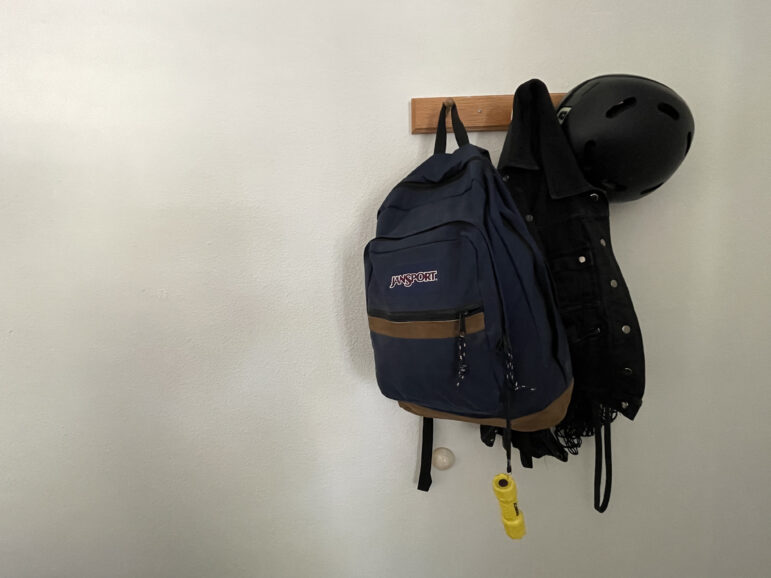
A bag and a box
It’s called a “go bag” for a reason! My go bag is a used backpack that I picked up at a thrift store. However, any sturdy bag with plentiful storage that you can easily grab and take with you will work. It could be a duffle bag, back pack, small suitcase, overnight bag – something you likely already have at home. The majority of the items listed in this article will fit in your go bag. You might have to practice packing your go bag a few times to ensure everything fits in an efficient manner. I store my go bag right by my front door.
In addition to a go bag, I recommend a “go box” – a lightweight, compact storage box for storing food and water in a cool and dry place that you can easily access during an emergency. I recommend a hard plastic storage bin with a lid, as a cardboard box could suffer water damage. You should be able to carry it easily, meaning you may have to buy two smaller boxes to accommodate your ability. You can buy a storage bin locally or online.
In my go box, I have three days worth of canned food, snacks, bottled water, toilet paper, a large wool blanket and a beach towel. Other households may pack additional items, such as diapers or pet supplies. The box should comprise items that you can use during an evacuation and/or if you need to shelter-in-place at home during winter storms or power outages. I wrote “EMERGENCY” in big letters on my box and I keep it in an easily accessible closet in my apartment.
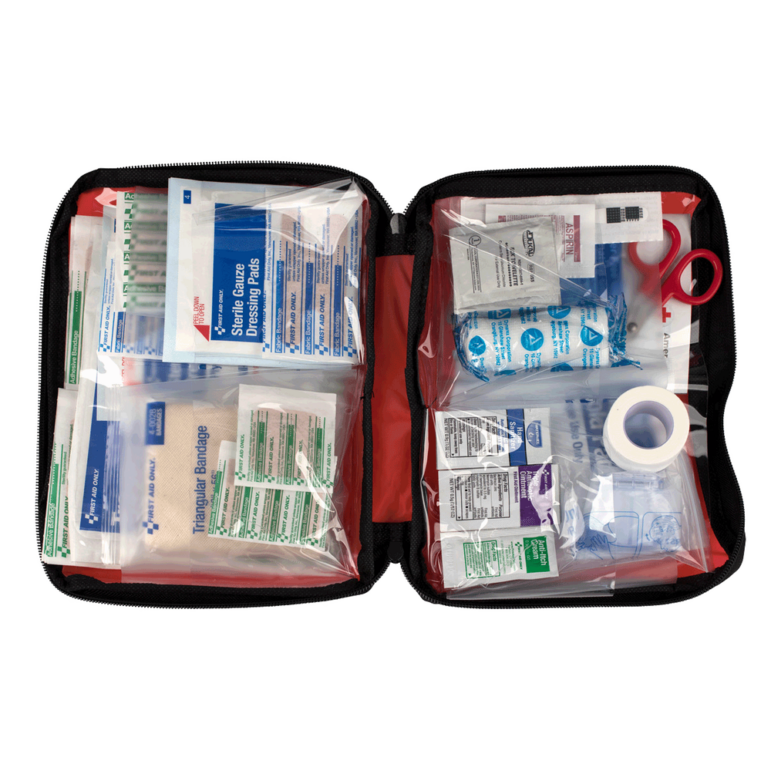
Medical supplies
After calculating the cost and time spent for me to build my own medical emergency kit, I decided to purchase one for just under $20. The kit has the basic necessities to respond to minor medical emergencies, such as cuts, scrapes and more. One can be purchased at your local pharmacy or online. It is worth the investment, given medical emergency kits are generally waterproof, lightweight and have a little bit of everything you need. If you wish to build your own, the Mayo Clinic offers a checklist here.
Next, I added an extra supply of personal medication that will last me at least a month. Talk to your medical doctor about this so they can ensure you have the medicines you will need to maintain your health during an emergency. They can also provide you with copies of your prescription paperwork, which comes in handy when seeking refills from a pharmacy, or assistance from first responder organizations that can help you fill your prescriptions.
It’s also important to pack any specific medical or personal care items that you or members of your household may need. Since I wear glasses, I invested in an extra set of prescription eyeglasses in case I need a back-up pair. In addition to the small pair of scissors in the purchased medical kit, I also have a set of larger, new scissors just in case.
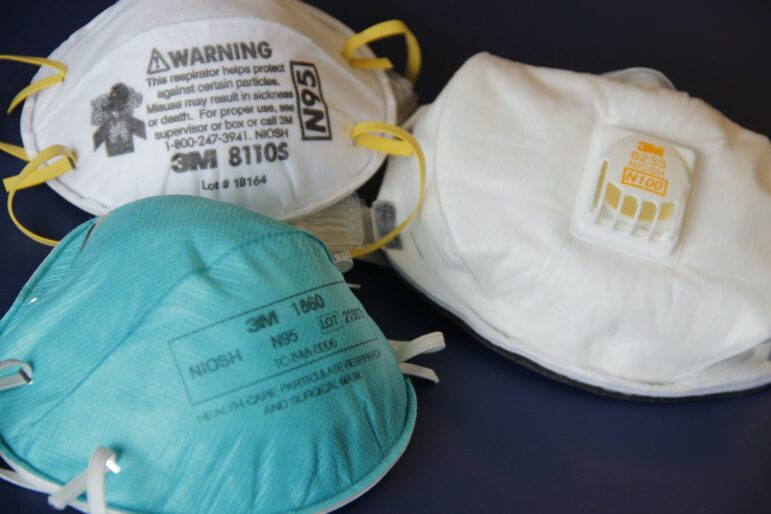
Face masks
In this time of wildfire smoke and pandemics, having two types of masks is important: one that can protect you from smoke, and one that is suited for airborne viruses. In my kit, I have a small package of K95 masks to protect against airborne illness. NIOSH-approved N95 masks (without an exhalation valve) will also help protect you from airborne illness and wildfire smoke. These are available at your local medical supply, drugstore or online. Local community health centers may have them for free, too.
Note, there are two types of NIOSH-approved N95 respirators: those with an exhalation valve and those without. Those without will reduce your risk of airborne illnesses; those with a valve will not. I tend to have both, depending on the situation. If I choose to mask up to avoid spreading or getting an illness, I’ll wear the one without a valve. If I’m just protecting myself from smoke, I’ll wear the one with the valve because the valve directs airflow downwards and allows for easy breathing.
Sanitary supplies
Whether you evacuate or remain at home during an emergency, being sanitary is critical to maintaining a healthy environment, especially when public utilities such as power and gas, sewage, running water and trash pick-up are not available. In my go bag, I have a handful of large black trash bags and Ziploc bags for storage or waste disposal. I also pack a small package of sanitizing wipes and a Ziploc bag containing a few sets of medical grade gloves.
Other sanitary items to pack include personal care products, such as a small package of facial tissues and a small bottle of hand sanitizer. In my go bag, I also packed a week’s worth of feminine hygiene products.
Clothing
It’s a good idea to include an extra set of clothing in your go bag, especially in wet or wintry conditions, or when you have to evacuate in your pajamas. I didn’t buy anything new, but packed a few items I don’t wear that often: a hoodie, pair of jeans, two T-shirts and two pairs of thick socks – all clean and tightly folded. If you have space in your go bag or emergency box, consider an extra pair of closed-toe shoes, or boots for flooding or winter weather.
Blanket and ponchos
Depending on weather conditions, it’s important to pack a blanket in your go bag. I packed a fleece blanket that I already owned. The blanket rolled up easily and fit into the bottom of my backpack. It can also be used as a pillow. I also have a large wool blanket and a beach towel in my go box, and I keep my sleeping bag in my car year-round. These items are optional, but nice to have to stay warm or feel comforted during the trauma of evacuation or power outages.
I also purchased a package of emergency thermal blankets (nicknamed a “space blanket” for its reflective surface), which retains up to 90% of your body heat during extremely cold weather. They can be purchased in multi-packs for less than $10 from sports stores or online retailers. Finally, I have a basic plastic poncho in case it rains.
Emergency whistle
An emergency whistle is an inexpensive and important tool if rescue crews need to find you. The sound of an emergency whistle is distinct from other sounds, such as howling wind. I keep my whistle in the front pouch of my backpack for easy access. Whistles can be bought online and are often sold in bulk – a great excuse to distribute whistles to your family and neighbors.
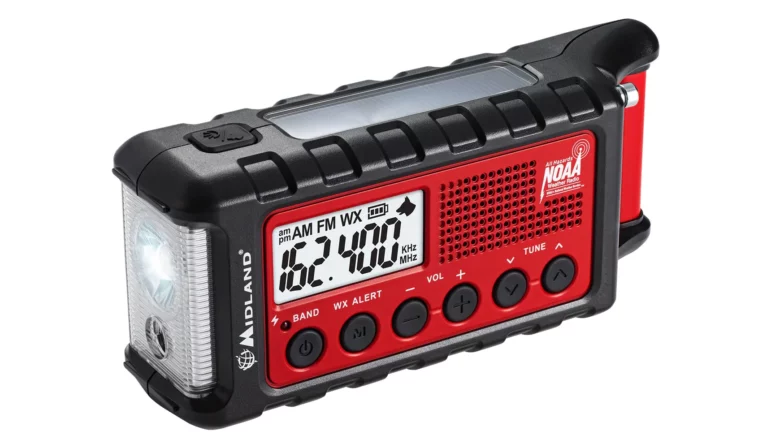
Emergency hand-crank radio
This is the one item you should not skimp on. When electricity is out or cell phone towers cease operating (or your cell phone battery dies), a hand crank radio is your best friend.
A few minutes of turning the hand crank, and you’ll have hours of weather reports from the National Oceanic and Atmospheric Administration (NOAA) and be able to access local radio stations.
My hand-crank radio, which is made by Midland, also has batteries and a built-in solar panel as backup power, a dog whistle, a flashlight with a strobe option and a USB charger for cell phones. Hand crank radios can be purchased at electronic or outdoor stores or online. They average in price from $18 to $65.
Flashlight
Pack a flashlight or headlamp, and an extra set of brand new, sealed batteries. A flashlight is a simple tool that can not only provide you light, but can also be used to signal for help. I also pack a box of matches and a lighter, which can come in handy to start a cooking stove.
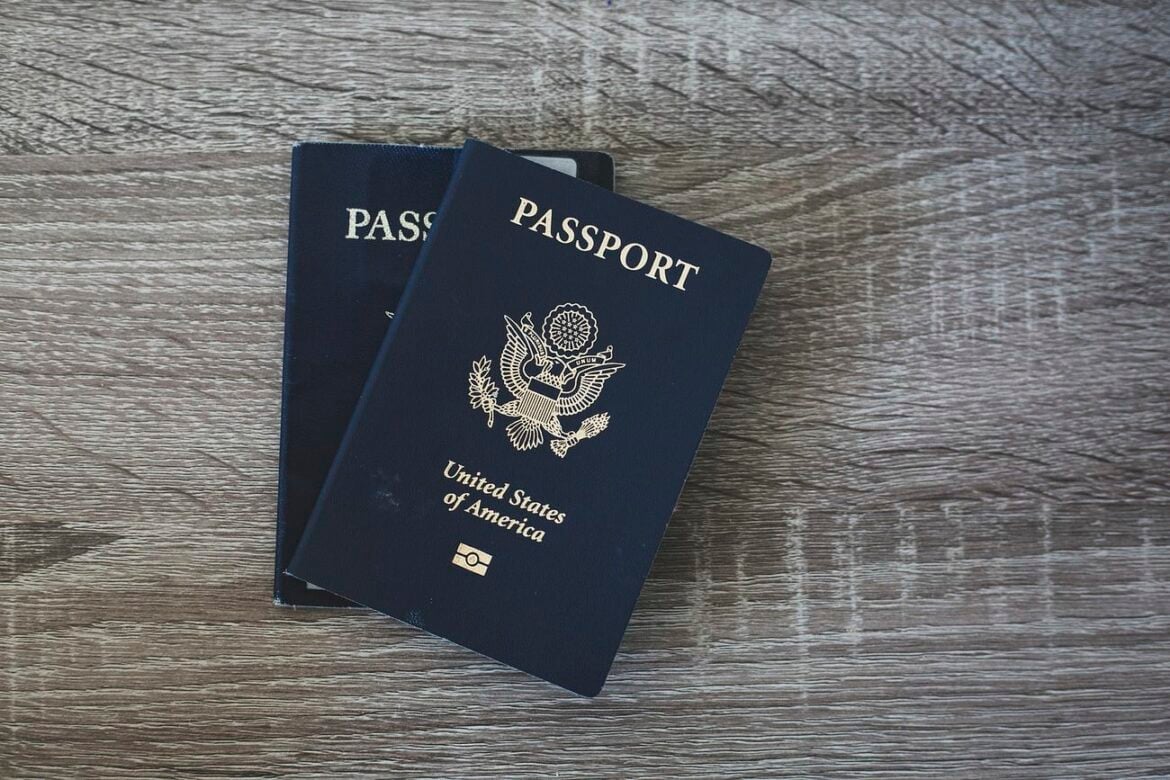
Important papers and documents
Having copies of important papers and documents is critical to ensuring you can receive essential emergency services or start the recovery process as quickly as possible. Some households may choose to pack original documents in their go bag in a sealed envelope, while others – including me – choose to pack copies of documents in their go bag and store the originals in a fire-safe box that I can grab if time allows. You should also consider having a digital version of these documents that you can access electronically. No matter what you prefer, here is a list of essential documents you should include:
- Copy of your driver’s license or ID card
- Green cards or immigration papers
- Military identification
- Social security card
- Birth certificate
- Passport
- Marriage or divorce certificates
- Adoption or child custody papers
- Mortgage documents
- Insurance documents
- Car title and registration
- Pet records
- School records
- An inventory of important items in your house (i.e., collectibles, jewelry)
- Financial documents including checks, bank account information
- Immunization records
- Living wills or medical power of attorney
- List of medications, dosages and other medical information
- List of emergency contacts
- Local maps marked with evacuation routes (find routes here)
Regarding the inventory of important items in your house, you may want to also take photographs of each room in your house (including closets) to document your belongings for insurance purposes.
In addition to documents, I also keep a small amount of cash. I store all copies of documents in a large envelope that I then placed in a large waterproof plastic bag. I like having an extra set of copies, secure in my fire safe box, as back-up. Here is a list of additional documents to include from Lifehacker.
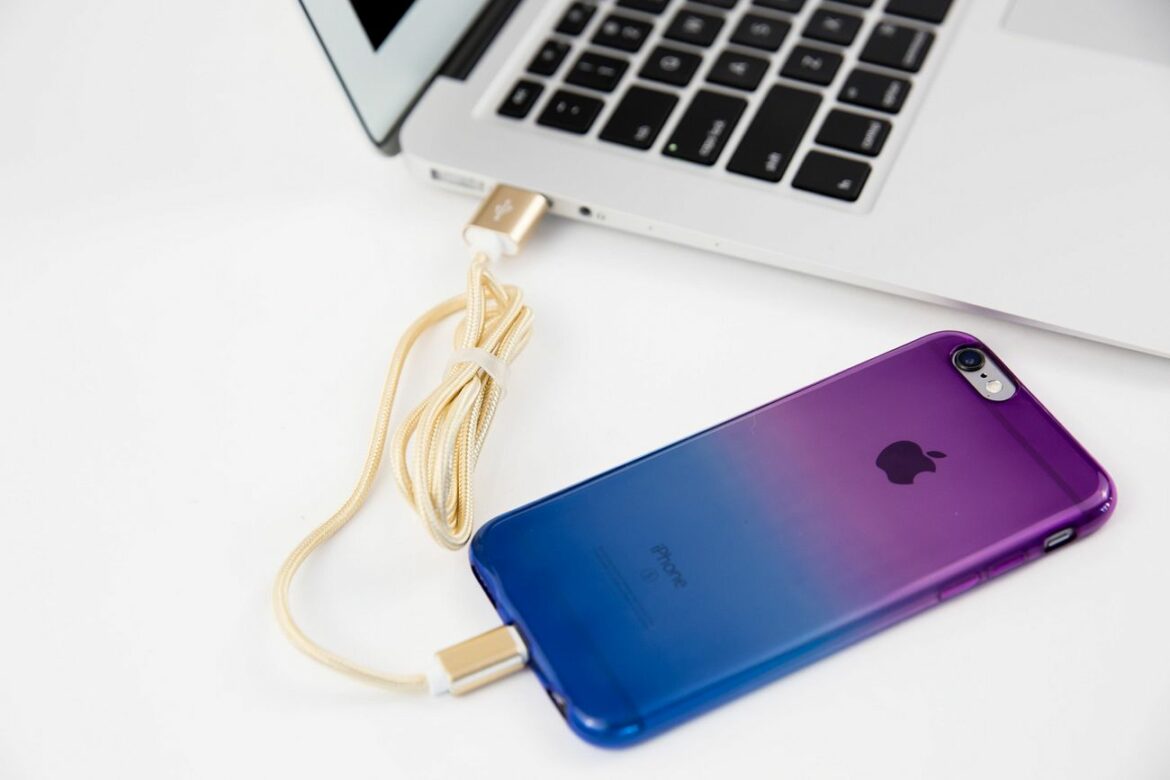
Phone and tech
Pack an extra cell phone wall charger, even if this means buying an extra one. While the chance to plug in your charger might be limited until you have access to an evacuation center or other safe space with power, it’s good to have one handy so you aren’t asking to use other’s chargers. I also have an extra set of inexpensive USB cords for my phone. I can use the USB cords not only to charge my phone via my hand-crank radio, but I can loan them out to others who have the same type of phone.
You should also consider including a battery pack to keep your phone charged during outages, or if you are unable to get to a place to charge your phone for a while. These are available in a wide range of models, including solar batteries. Charging this battery pack in advance can be useful during expected outages.
As a writer, my laptop is critical to my work. Since I don’t have backup laptops lying around, I keep mine charged and easily findable if I need to evacuate quickly. If I’m unable to take my laptop, I have all of my important files backed up through a cloud service (e.g., Dropbox, Google Docs or OneDrive).

Water
Water is one of the most important components in emergency preparedness. During a disaster, water resources could be damaged, interrupted or compromised, making water inaccessible or unsafe to drink. The gold standard is having one gallon of water per person a day, for at least three days. Unopened, commercially available bottled water is the safest to purchase, according to the Centers for Disease Control.
I went to a grocery store and purchased three one-gallon bottles on sale. If you live in a rural area, or you have pregnant women, people who are sick, pets in your household, or you live in a region that gets particularly hot during warmer months, consider storing more water, at least a two-week supply.
The CDC recommends replacing bottled water every six months and storing it in a cool, dark place that you can safely and quickly access if needed during an emergency. I have a small apartment and keep my bottles stored in my go box in an easily accessible closet. There are other options for storing safe drinking water, including food-grade storage containers. Find more tips and information on creating and storing emergency water here.
Food
Having at least three days worth of non-perishable food that can easily be prepared is important to remaining healthy during an emergency, especially if there is a power outage or you’re snowed in.
I recommend purchasing food that you know you and your family will want to eat. At a grocery store, I picked up nine soups with pop tops (no can opener required) on sale, a box of granola bars,a container of peanut butter and a set of camping utensils. I am storing all these items with my emergency water bottles in my go box. Keep in mind, I live alone and purchased enough for me to sustain myself for three days.
Households with more mouths to feed will need to purchase more, including tailored foods such as baby food, comfort foods (i.e., single-serve packages of sweets or applesauce), and high-energy foods (i.e., beef jerky, protein bars). If you can invest more in your emergency kit, consider purchasing a ready meal kit, commonly sold at camping/outdoor stores. These are expensive, but only require water and can provide a hearty meal in a bag. Find more tips on emergency food, managing food without power and more here.
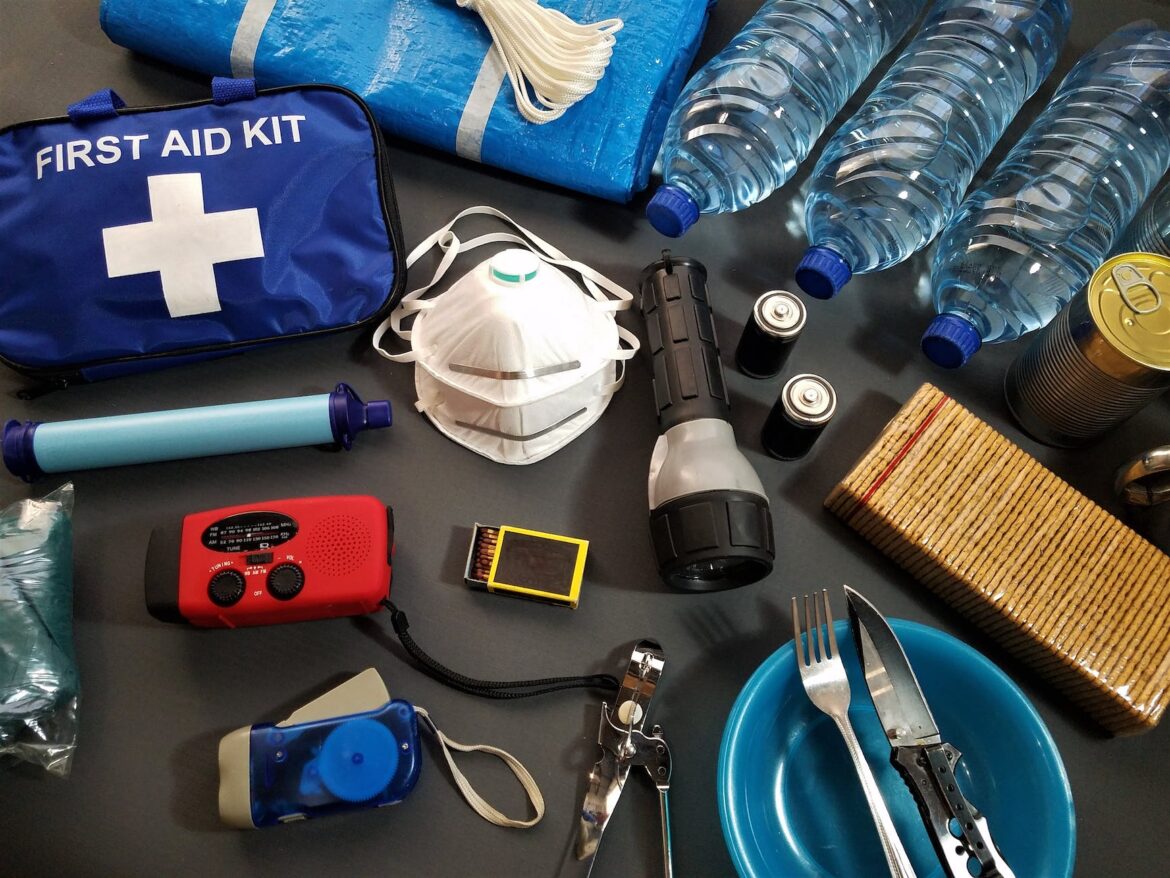
Additional items to consider
Personalizing your go bag and box are important. If you have a pet or child in your household, your go bag items may include the appropriate food, medications, clothing and toys. If you or someone in your household has a disability, you may want to pack extra assistive devices.
Other items to consider include:
- A pair of pliers or a wrench to turn off any utilities
- Multi-tool
- Insect repellent (especially for flood-prone areas)
- Work gloves
- Tarps
- Can opener
- Camping gear – This can include everything from tents and sleeping bags to camping utensils to a portable stove
- Valuables you can easily carry (jewelry, coins, etc.)
- Family photos and other precious things
One of the additional items I keep at the ready: a book of crossword puzzles, a notebook and a package of pens. You might include a deck of cards or puzzles.
On a final note, it’s always a good idea to check your go bag and box at least every six months and replace any expired foodstuffs or medications, update personal documents, and charge up or replace batteries in any devices, if needed. Put it on your calendar!
Be prepared and stay safe!
Sarah Stierch covers wildfires, breaking news, and more for The Mendocino Voice. You can follow Stierch on Twitter and learn more about her work and donate to her directly at here. Contact Stierch at [email protected]. The Voice maintains editorial control and independence.


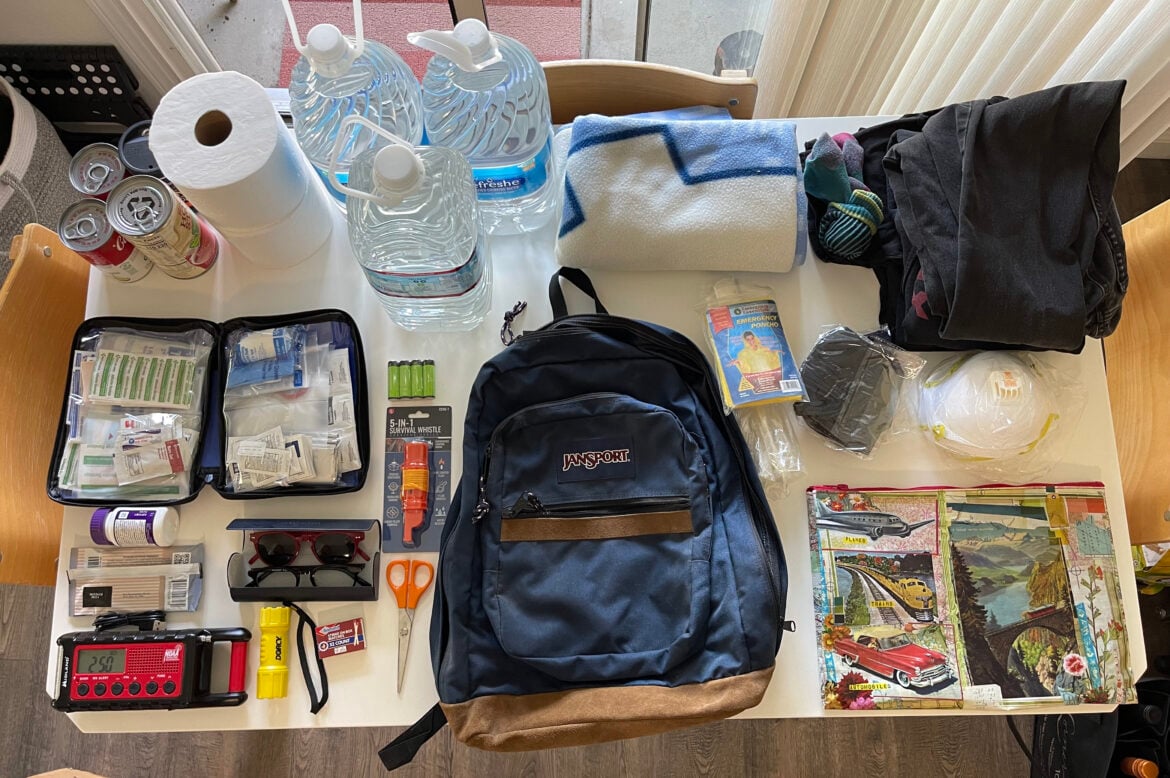



Thank you for this thoughtful and thorough article.